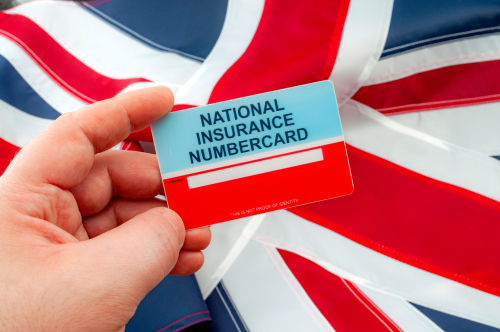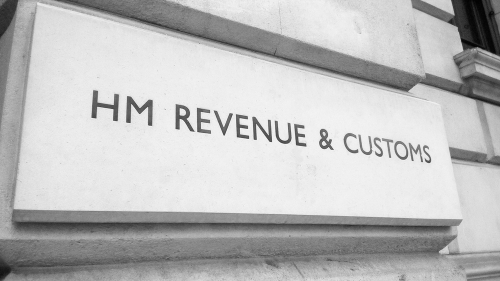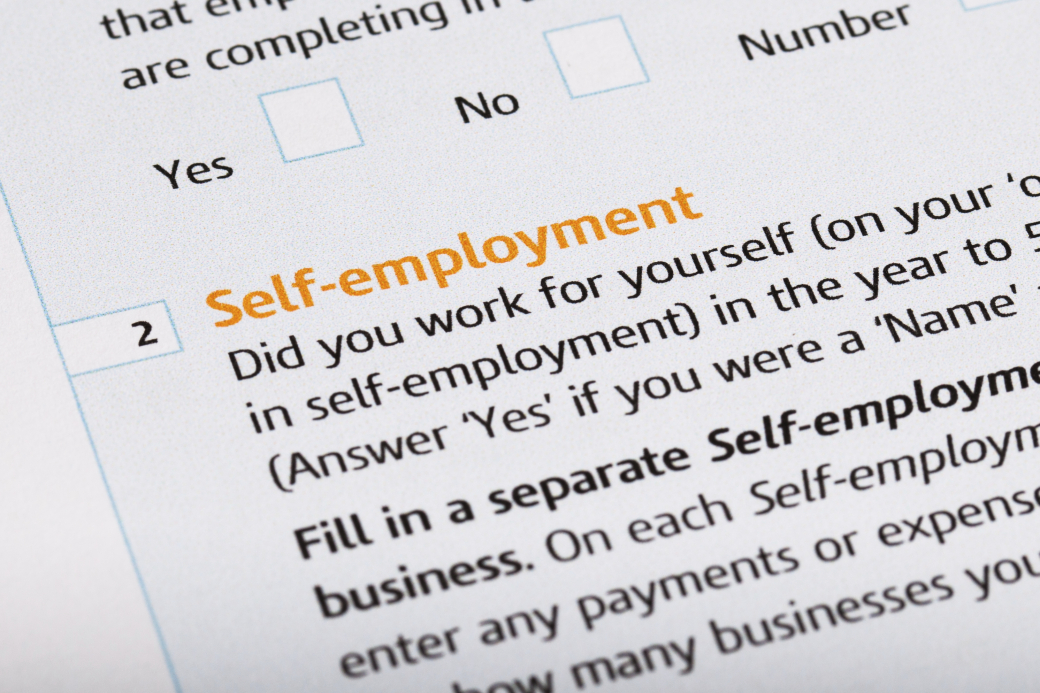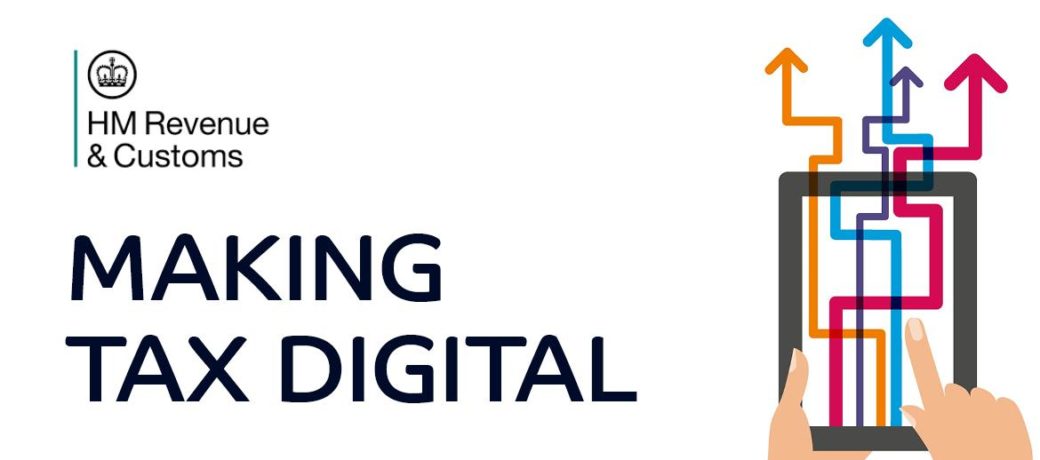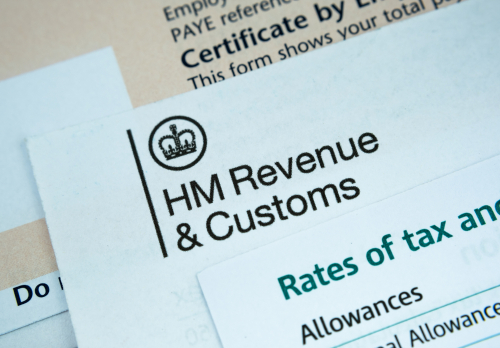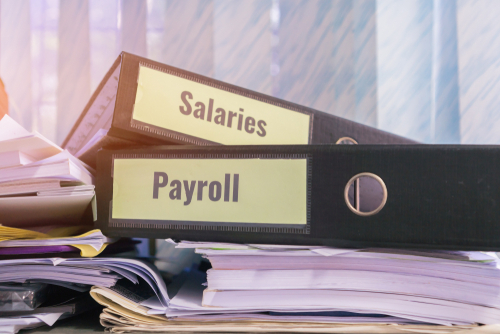
The VAT flat rate scheme is a simplified flat rate scheme which can be used by smaller businesses to save work. Under the scheme, businesses pay a set percentage of their VAT inclusive turnover to HMRC rather than the difference between the VAT that they charge and the VAT they suffer on the goods and services that they buy. The percentage that they need to pay depends on the sector in which they operate, and also on whether they are a limited cost business. The main advantage of the scheme is that it reduces the work in complying with VAT. For example, there is no need to record the VAT on purchases. However, for some businesses this may come at a cost, as the amount that they pay over to HMRC may be more than would be payable under traditional VAT accounting. Before joining the scheme, it is advisable to do the sums.
Eligibility
A business is eligible to join the scheme if it is VAT registered and it expects its VAT taxable turnover to be £150,000 or less in the next 12 months. This is everything that is sold that is not exempt from VAT. However, a business is not allowed to rejoin the scheme if it has used it previously and left within the previous 12 months. The VAT flat rate scheme cannot be used by businesses that use a margin or capital goods scheme, nor can it be used with the cash accounting scheme; instead, the flat rate scheme has its own cash-based method to determine turnover.
A business must leave the scheme if, on the anniversary of joining, its turnover in the last 12 months was more than £230,000 including VAT, or it is expected to be so in the next 12 months. A business must also leave if they expect their turnover in the next 30 days to be more than £230,000 including VAT.
The flat rate
The flat rate depends on the type of business. The percentages can be found on the Gov.uk website at www.gov.uk/vat-flat-rate-scheme. A business benefits from a discount of 1% in its first year of VAT registration.
Businesses that are classed as a limited cost business pay a higher rate of 16.5% regardless of the sector in which they operate. This is a business whose spend om relevant goods is less than either 2% of its turnover or £1,000 a year (£250 a quarter) if more than 2% of turnover. Where costs are close to 2% of turnover, the business may need to perform the calculation each quarter to ascertain whether they need to use the limited cost business percentage of 16.5% or that for their sector.
Not everything that a business purchases counts as ‘goods’ for the purposes of the calculation – only ‘relevant goods’ count. The main exceptions are services, such as accounting and advertising, car fuel (unless the business operates in the transport sector) and rent. Where a business incurs significant costs on services or fuel but their other goods amount to less than 2% of their turnover, they may be better off using traditional accounting. The limited cost business percentage of 16.5% of VAT inclusive turnover equates to 19.8% of VAT exclusive turnover, leaving only a narrow margin to cover any VAT suffered.
Example
A photography business joins the VAT flat rate scheme and in its first quarter has VAT inclusive turnover of £24,000 (£20,000 plus VAT). Its relevant goods in the quarter are £1,250. As this is more than 2% of the turnover, the business is not a limited cost business.
The flat rate percentage for its sector is 11%. However, as it is in the first year as a VAT registered business it benefits from a discount of 1%. Therefore, it must pay VAT of £2,400 to HMRC (10% of £24,000).
Capital goods
If you opt for the flat rate scheme, you will not normally be able to claim back VAT separately on capital goods unless they cost more than £2,000 and you do not intend to resell them.
